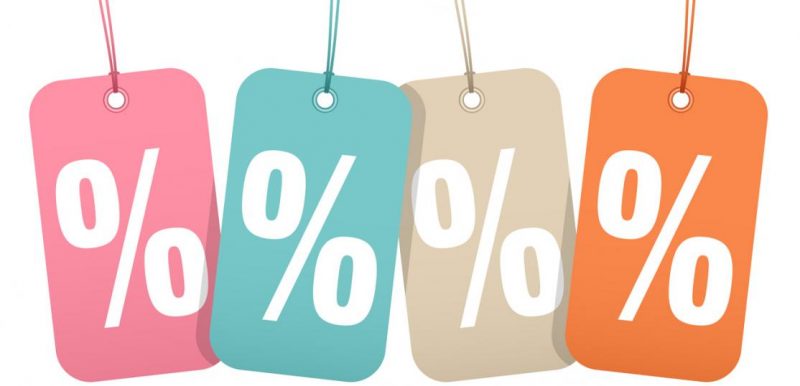The Federal Reserve voted Wednesday to leave its benchmark lending rate unchanged and near zero. It will likely stay in place for more than a year to help the economy recover from the COVID-19 pandemic.
The Fed’s benchmark rate is what banks charge one another for short-term borrowing. It is not the rate consumers pay, and it doesn’t often directly influence mortgage rates, although it does often have an impact.
The committee on Wednesday also announced that in order to keep credit flowing, it will continue to purchase mortgage-backed securities and Treasuries. That has helped bring mortgage rates to all-time lows in recent weeks, with the 30-year fixed-rate mortgage now below 3%.
Credit card borrowers and student loan borrowers may see some of the biggest benefits from the Fed’s action. Long-term loans, such as those for mortgages, may see a less direct benefit.
Mortgages have carried cheaper rates than ever before. Freddie Mac reported last week that the 30-year fixed-rate mortgage averaged 2.86%, a record low.
However, economists warn that the Fed’s new approach to inflation may limit the ability to benefit from lower mortgage rates for an extended time. The Fed said it will allow inflation to run “hotter than normal” before it decides to hike its benchmark rate again.
But it’s “low inflation [that] has helped suppress mortgage rates,” Tendayi Kapfidze, chief economist at LendingTree, an online loan marketplace, told CNBC. “If you let inflation go up, mortgage rates will also go higher.”
Source: “The Fed Keeps Rate Steady. Here’s How That Benefits Short-Term Borrowers,” CNBC (Sept. 16, 2020)













